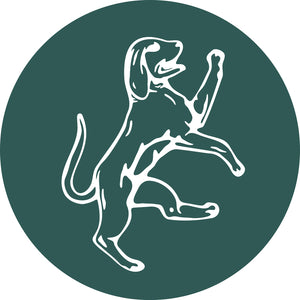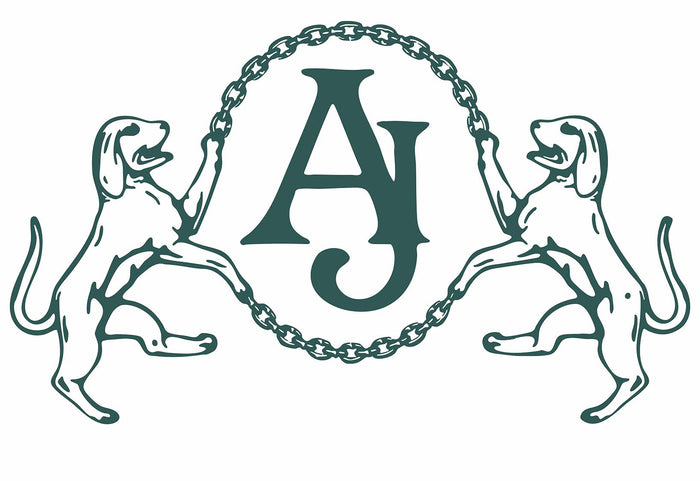The 4 C's & More: What Adds Value to Gemstones in Antique and Vintage Rings
When evaluating the stones in antique and vintage rings, many people begin with the “4 C’s”: cut, colour, clarity, and carat. While these four attributes are undoubtedly crucial, two seemingly similar rings can still vary dramatically in price due to additional factors. In this post, we’ll outline both the classic 4 C’s and the additional elements—rarity, origin, history, provenance, and trends—that can significantly impact a gemstone’s value in an antique or vintage ring.
Looking to decode a hallmark?
Use our Hallmark Finder1. The 4 C’s: Foundational Elements of Gemstone Value
For any gemstone, understanding cut, colour, clarity, and carat weight provides a fundamental assessment of quality.
1.1 Cut
- Light Performance: A well-executed cut maximizes brilliance and fire, enhancing the gem’s overall appearance.
- Faceting Styles: Antique and vintage rings may feature unique gemstone cuts (e.g., old mine cut, old European cut) that add character. You can read more about antique diamond cuts here.
1.2 Colour
- Hue, Tone, and Saturation: Rich and vibrant colours often command a higher price.
- Consistency: Even colour distribution is preferable, though subtle variations can give older gems charm.
1.3 Clarity
- Inclusions: While fewer inclusions generally increase value, some inclusions can indicate authenticity in antique gems.
- Visibility: Eye-clean stones are often more desirable than those with noticeable flaws. However, inclusions can also add personality and interest to a stone, making it unique and more appealing to an individual.
1.4 Carat
- Weight vs. Spread: Heavier stones are typically more expensive, but proportions and cut also affect perceived size.
- Rarity Factor: Larger gems are rarer, especially in older pieces, often leading to higher prices.
2. Beyond the 4 C’s: Additional Factors Affecting Value
While the 4 C’s provide a baseline for assessing gemstones, the following considerations can further elevate or diminish a stone’s worth, particularly in antique and vintage rings.
2.1 Rarity
- Scarce Varieties: Certain gemstones are difficult to source, especially if the deposit has been depleted over time.
- Limited Stock: Older gems may come from mines no longer in operation, boosting their rarity and appeal.
2.2 Origin
- Geographic Significance: Stones from renowned regions can fetch higher prices due to reputations for colour or clarity.
- Distinctive Traits: Origin-specific features (e.g., particular types of inclusions) can add allure to a gemstone.
2.3 History
- Era and Craftsmanship: A gem’s association with a specific time period can enhance its value, reflecting design trends and craftsmanship of that era.
- Cultural Impact: Stones revered in certain cultures or periods can command greater interest among collectors.
2.4 Provenance
- Documented Ownership: Rings accompanied by detailed records or historical documentation can rise in value.
- Authenticity Assurance: Established provenance builds buyer confidence, especially for rare gemstones.
2.5 Trends
- Changing Fashion: Styles that resonate with current trends may temporarily surge in demand and pricing.
- Cyclical Popularity: Certain gemstone colours or cuts can come in and out of vogue, influencing market values.
3. Bringing It All Together
When evaluating or purchasing an antique or vintage ring, remember that each of these factors plays a role in determining overall worth. A gemstone might score highly on the 4 C’s but lack rarity or compelling provenance, keeping its price moderate. On the other hand, a slightly less pristine stone with extraordinary origin or historical backing can command a premium despite minor flaws.
3.1 Seek Expert Guidance
-
- Professional Appraisals: Reputable jewellers and gemologists can assess both the 4 C’s and additional elements like origin, history, and rarity. At Antique Jewellers, many of our rings have been independently assessed by experts, and are accompanied by Expert Reports. Find out more about Expert Reports here.
- Authenticity Checks: Verifying authenticity (e.g., through hallmark identification or gem certification) helps confirm value.
3.2 Personal Connection vs. Resale Value
- Emotional Significance: Ultimately, personal preference and sentiment might be just as meaningful as a gem’s market value.
- Long-Term Outlook: If you plan to pass the ring on, consider factors that may appreciate over time, such as documented provenance or historically revered gems.
Conclusion
While the 4 C’s—cut, colour, clarity, and carat—remain the foundation for evaluating gemstones, understanding the broader picture is key to appreciating why two seemingly similar rings can exhibit vastly different price points. Rarity, origin, history, provenance, and trends all enrich the story behind an antique or vintage ring, infusing it with both emotional significance and tangible value. By weighing these factors carefully, you’ll be better equipped to find a piece that truly resonates—and that holds its worth for generations to come.


